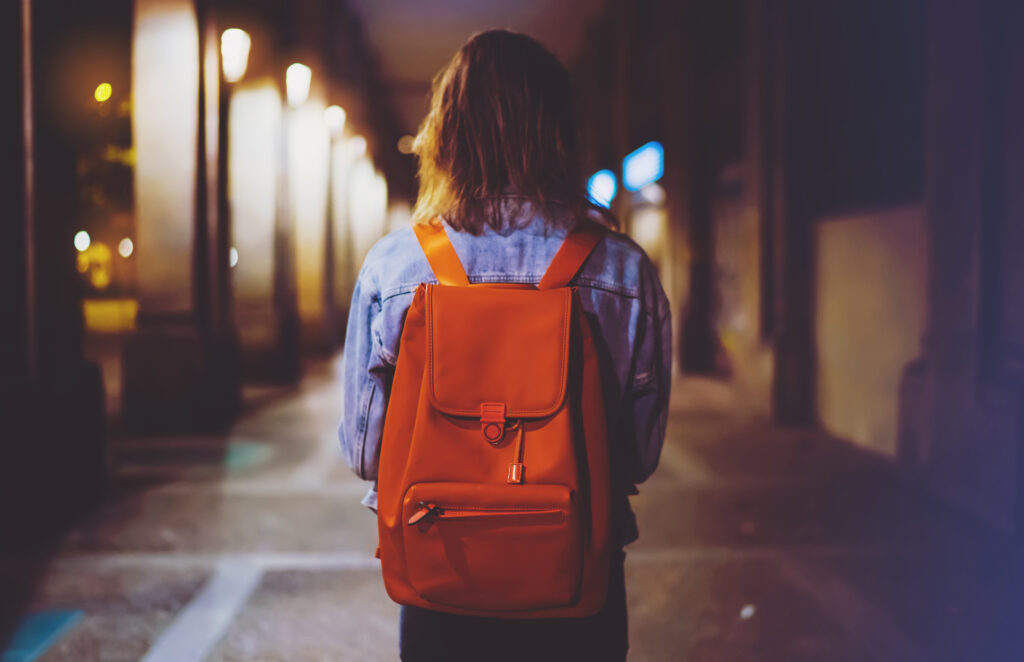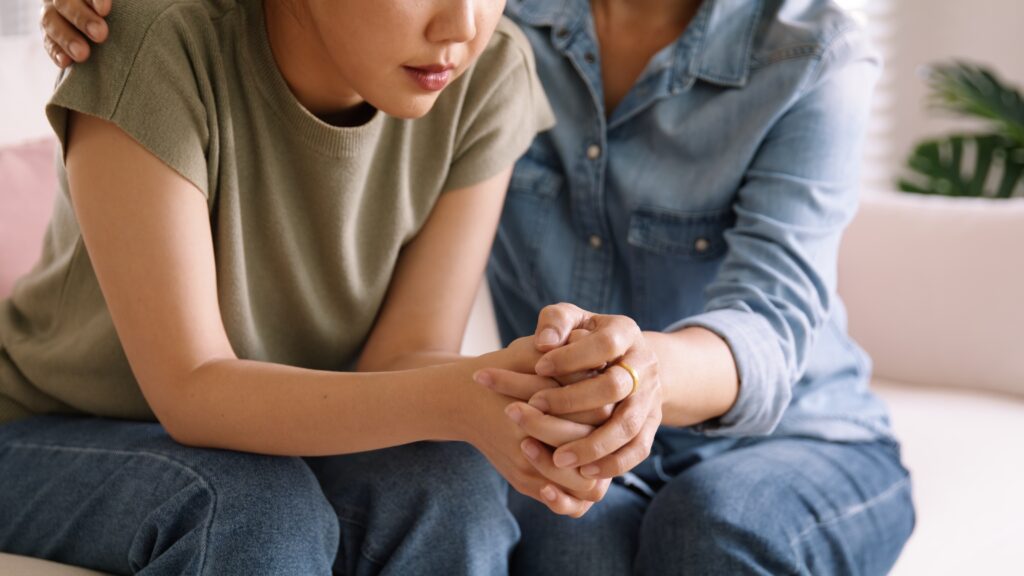Australia is well known for being a safe and welcoming country. Full of vibrant communities, liveable cities and laid-back Aussies, it’s easy to feel at home here. But, like anywhere else in the world, if you’re planning on being out and about after dark, it’s important to make sure you’re taking the appropriate steps to protect your safety.
A recent incident in Adelaide of an international university student being attacked after dark has understandably sparked worry amongst many. Events like this are rare in Australia, but they’re a stark reminder of the need to look after yourself and those around you, especially when in unfamiliar environments.
This article isn’t here to scare you but rather to give a few simple tools to help you stay safe and minimise risk when you’re out after dark in Australia.
1. Know your routes and plan ahead
Before heading out, especially if you’re going somewhere new, take a few minutes to plan your journey. You can use Google Maps or your local public transport apps to find the quickest and safest route to your destination. Make sure to stick to well-lit, busy streets wherever possible and avoid shortcuts through back alleys, parks or isolated areas after dark.
It’s also a good idea to always let a friend or housemate know where you’re going and when you expect to be back, just in case.
2. Travel in groups where you can
There’s truth in the old saying: there’s safety in numbers. If you’re heading out late, try to walk with friends, housemates or classmates when possible. Whether you’re heading to dinner, a night class or just walking home from the train station, having company can be reassuring and reduces the chance of being targeted by opportunistic criminals.
If you’re returning from a night out and don’t have anyone to walk with, consider messaging a trusted friend or family member to let them know you’re on your way and updating them once you’re safely home.
3. Use public transport or rideshare services wisely
Australia has reliable public transport, and many major city services run well into the night. Stick to official transport stops and stations and stay in well-lit areas while waiting. Some stations also have emergency buttons or intercoms if you need to ask for help.
When using rideshare apps like Uber or Ola, double-check the driver’s name, car model and number plate before getting in. Never accept rides from strangers or get into unmarked vehicles.
4. Trust your instincts
You know that feeling you get in your stomach when something just doesn’t feel right? Don’t ignore it. If you ever feel uneasy in a situation or around a person, trust your instincts and remove yourself from the situation as calmly and quickly as you can.
You don’t need to explain yourself to anyone, and your safety should always come first.
5. Stay alert and aware of your surroundings
It’s tempting to scroll through your phone or pop in headphones during a late-night walk, but staying alert can make a big difference. Keeping your eyes and ears open helps you stay aware of your surroundings and react quickly if needed. If you need to listen to music or chat to a friend while out, then consider just using a single inner earphone so you can still hear what’s going on around you.
6. Know your local emergency services contacts
Australia’s emergency number is 000. You can call this number free of charge from any phone to contact the police, ambulance or fire services in an emergency.
It’s also worth knowing the locations of nearby police stations and campus security services. Many education providers have dedicated security teams who offer 24/7 support. Check with your student centre to see what’s available at your campus.
7. Keep essentials on hand
Carrying a few items can make a big difference in your sense of safety. A fully charged phone, transport card, small torch, and personal safety alarm (available online or at certain shops, like this one is from Bunnings) are all useful. Keep them easily accessible, especially when travelling alone at night.





